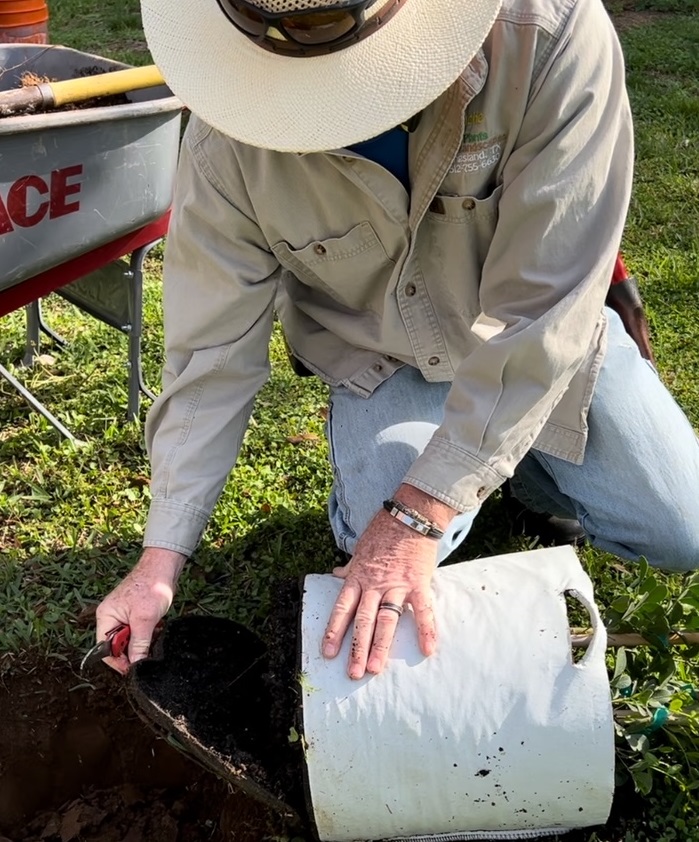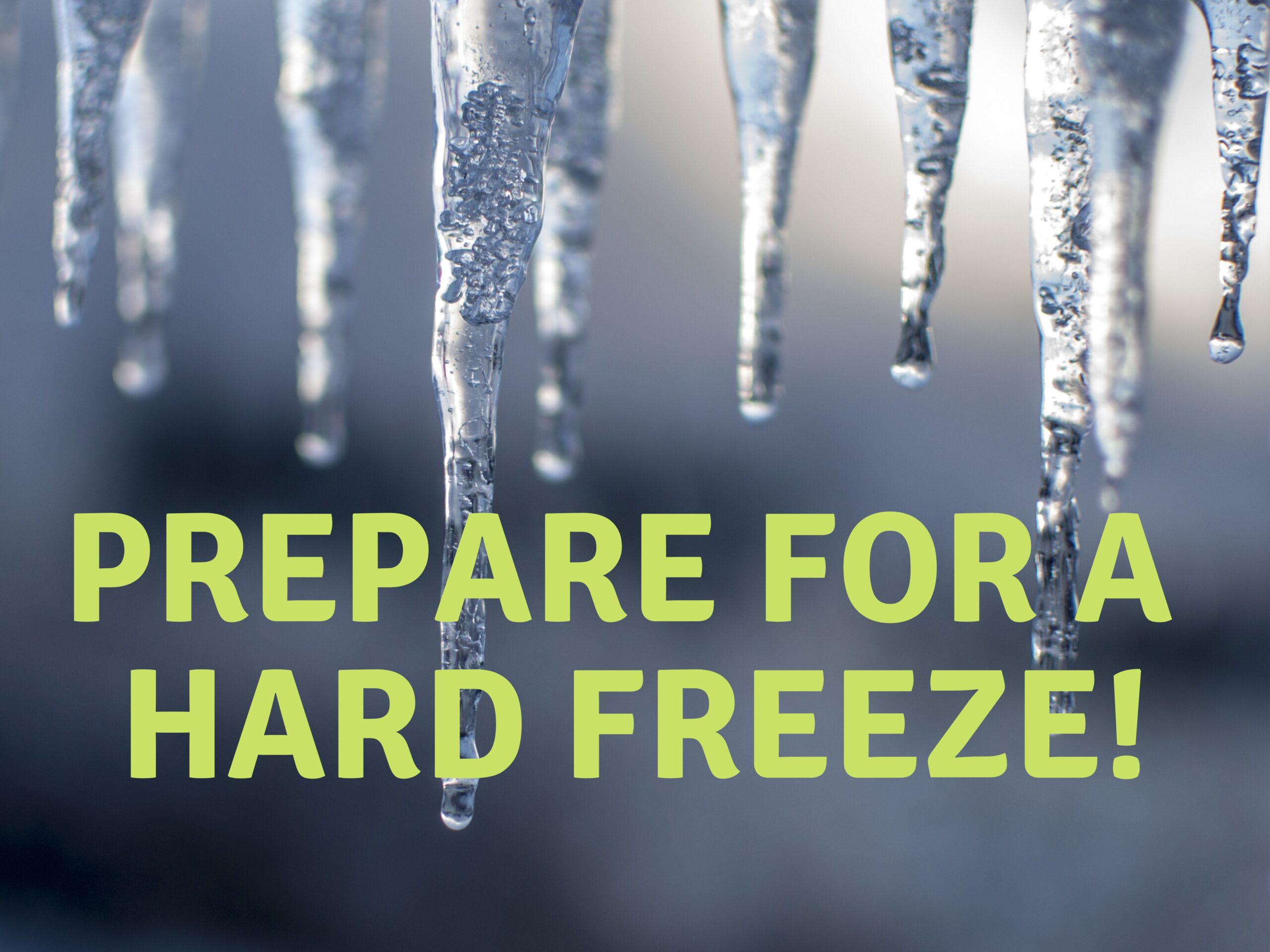Choosing a Tree for your Landscape
Having been involved in diagnosing tree disorders for many years, I feel the need to pass on some information that might help you avoid certain tree issues in your landscape. There are many factors to consider before choosing the right tree for your yard. Knowing these factors ahead of time can prevent loss of a tree.
- Choose a tree for the spot, not a spot for the tree! Know what mature height and spread the area you want to plant a tree in can accommodate. Planting a tree that will soon overpower the area is a recipe for disaster. There are several heights and spreads of trees available, so please consider your space limitations before you choose a tree.
- Do not plant a large shade tree too close to the house or driveway. Large trees should be placed far enough from the house so that when mature their branches do not overhang the house. This will also prevent damage to the foundation from large roots. A rule of thumb on large trees is 20’ from the house. To avoid damage to driveways from large roots, large trees should be placed a minimum of 8’ away.
- Do you want a deciduous or evergreen tree? Deciduous trees lose their leaves in the winter and are often used to shade houses in the summer, then let sun through the branches to warm in the winter. Choices of evergreen trees are few, but they are useful if you are trying to screen a view or have shade almost year-round.
- Do you want fall color? We have trees that do well in Central Texas that can give a good fall color if the conditions are right in the fall. Even with the right conditions, your tree must also possess the genetics for color, and many times there may be seedling variations. If you want to be sure your tree will show color, pick the tree out in the fall when it is actually “showing” color. (The exception would be grafted trees, as they would be genetically identical.)
- Drainage is KEY. Most trees require good drainage conditions. Surface drainage is the slope of the land. The bottom of a slope tends to hold water, especially after some of our “seasonal” rains. Pay attention to the slope and the movement of surface water. Internal drainage is how fast the water drains through the soil and is a critical factor for some trees. Know what type of soil you have-is it clay, sand, gravel, rocky or in layers? Dig a hole 2’ deep to test internal drainage. Fill it with water, wait for it to drain, then fill it again. If the water is not gone within 24 hours, find another place to plant your tree, or plant it “high”, tapering good soil several feet out from the root ball.
- “Layered Soil” is when there is one type of soil, like sandy soil, on top of clay soil. It doesn’t matter what the two different types of soil are. If they are “layered”, the drainage will be impacted, as the soil on top will fill to saturation before it drains into the bottom soil type. This is called a “perched water table”. Do not be tempted to put gravel in the bottom of a hole, thinking that it will improve drainage. The opposite will occur. The soil above the gravel will fill to the saturation point before it drains into the gravel, and damage to the root system may occur. Only amend soil in the backfill if you feel that the tree will receive a benefit from it. If you choose to amend the soil, do not layer it. Work the amendment into the existing soil. Do not fill the hole around the root ball with a different soil, and definitely do not use potting soil! A small amount of compost or improved soil, not more than 1/3 total volume, may be used, but is not usually necessary if you have CHOSEN THE RIGHT TREE FOR THE SPOT!
Some general guidelines for choosing trees for different soils:
CLAY SOIL: Cedar Elm, Lacebark Elm, Canby Oak, Live Oak, Texas Red Oak, Shumard Oak, Chinese Pistache, Bradford Pear, and Mexican Sycamore.
ROCKY SOIL: Cedar Elm, Shantung Maple, Bur Oak, Canby Oak, Chinquapin Oak, Lacey Oak, Live Oak, Mexican White Oak, Texas Red Oak, Shumard Oak, Chinese Pistache, Bradford Pear and Mexican Sycamore.
CALICHE SOIL: Cedar Elm, Shantung Maple, Chinquapin Oak, Lacey Oak, Mexican White Oak, Texas Red Oak, Chinese Pistache and Bradford Pear.
SANDY LOAM: Most trees will do well in sandy loam, if it drains well. It has the right combination of particle sizes to allow pore space for oxygen. Roots cannot grow without oxygen, which is why heavy clay soils, with small particle size, can be a challenge.
SANDY SOIL: Sandy soil drains well, almost TOO well. The biggest challenge with sandy soil is being able to provide enough water for the tree to thrive. If the water drains too well, be prepared to water more often, as water is not retained in sandy soil.
GRAVELLY SOIL: Many times, gravelly soil will have clay under it, contributing to the “perched water table” effect. Do the drainage test, and if there is not good drainage, find another location to plant, or plant it high. If it does drain well, you may need to water more often, as water is not retained in gravelly soil.




